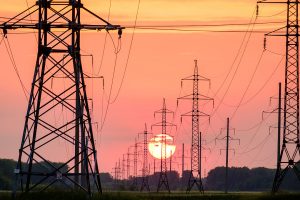Market operator expecting power spot price hike during dry season

THE INDEPENDENT Electricity Market Operator of the Philippines, Inc. (IEMOP) is projecting an increase in power prices at the Wholesale Electricity Spot Market (WESM) during the dry season due to higher demand.
“Of course, it’s warmer… we can see that there will be an increase in demand. So, therefore, there will be an increase in prices,” Chris Warren C. Manalo, assistant manager at IEMOP’s market simulation and analysis division, told reporters at a briefing.
Mr. Manalo said that spot prices for February will be level with January rates as the cold weather will keep demand in check.
However, compared with last year when the Philippines was experiencing El Niño, this year’s power demand could be further dampened by La Niña, according to Isidro E. Cacho, Jr., IEMOP’s head of trading operations.
“Generally, the demand will increase because of summer but compared with last year, possibly will not reach last year’s peak,” Mr. Cacho said.
With the economy growing, he said that the committed power plants coming online are expected to contribute to supply.
“That means more stable prices, especially now that the reserve market is also providing more secure and stable transmission and supply of power,” he said.
IEMOP operates the WESM, where energy companies can buy power when their long-term contracted power supply is insufficient for customer needs.
For January, the average spot price declined by 14.3% to P2.96 per kilowatt-hour (kW), which IEMOP said was the lowest average price recorded since January 2023. It attributed this to the relatively high supply margin following low system demand as temperatures cooled.
IEMOP recorded a high of P8.50 per kWh in the May 2023 average rate, when system-wide demand was 13,949 megawatts. WESM operations started in Mindanao in the same year.
“We hope that this year, our issues with congestion are resolved with all the new transmission lines that have been committed by NGCP (National Grid Corp. of the Philippines). We expect this will expand even further this year,” Mr. Cacho said. — Sheldeen Joy Talavera




